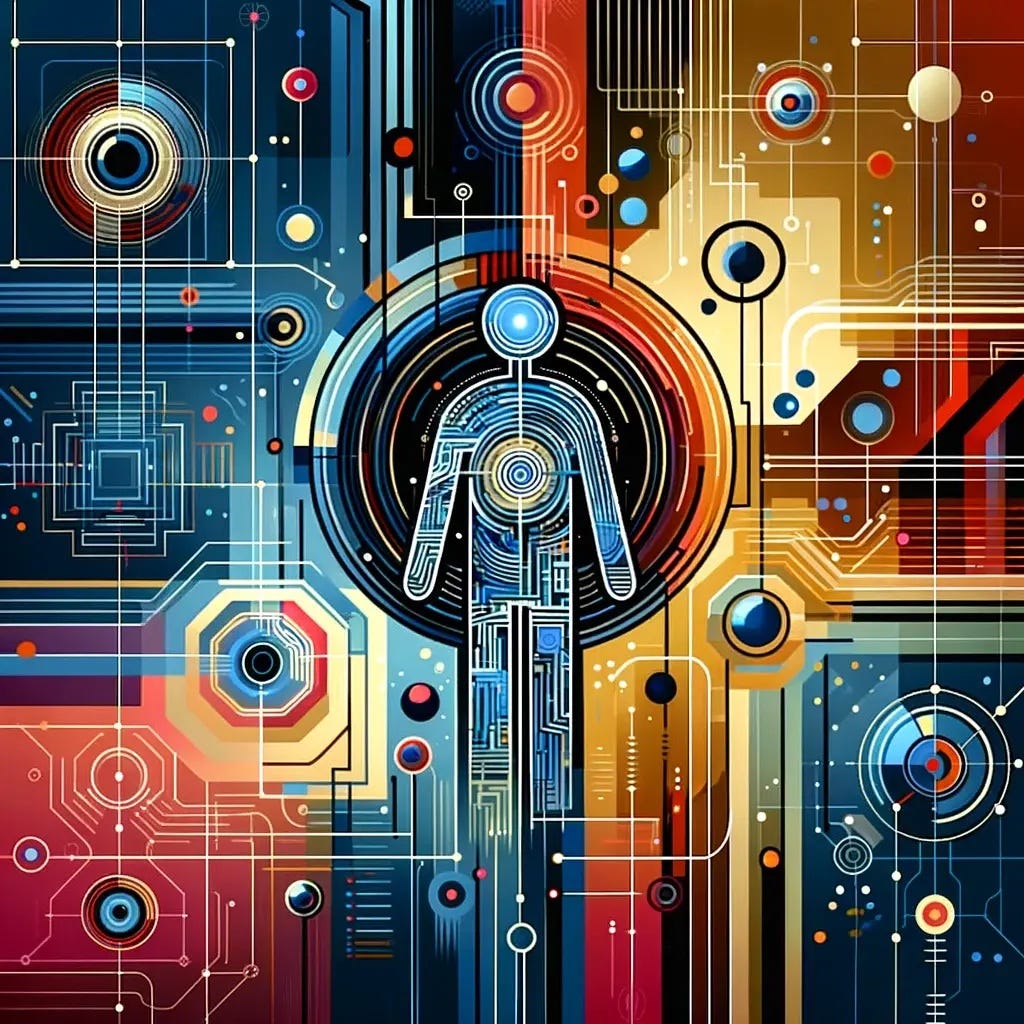History of AI: Part Seven — The AI Era (2020s)
0
0
History of AI: Part Seven — The AI Era (2020s)

2022 marked something very significant: OpenAI released ChatGPT to the public ushering in a shift of cultural and technological paradigms. This advanced machine learning tool was the first to extend its influence beyond tech circles to reach a broader audience.
ChatGPTs diverse application transformed sectors like customer support and software development, almost overnight, through its revolutionary LLM-based communication methods. Particularly for programmers, ChatGPT emerged as a transformative asset that could assist them in streamlining routine coding tasks and consequently boosting efficiency and job satisfaction.
But it wasn’t just ChatGPT that led us to the AI era. There were many other important factors that mark the current chapter in AI.
Advances in Neural Networks
Neural networks in the 2010s were like quaint little villages — small and manageable, sporting just a few thousand neurons. The AI era, however, saw them grow into bustling metropolises: large, deep, and complex. This growth in size and depth wasn’t merely for show. Larger language models demonstrated improved performance across a multitude of tasks, hinting at the potential of scaling towards Artificial General Intelligence (AGI) and possibly — even Superintelligent AI.
The development of these sophisticated models signified a shift in AI capabilities, bringing us closer to creating machines that could emulate human cognitive functions.
The GPU Evolution: Fuelling AI’s Growth
Parallel to advancements in AI algorithms was the evolution of GPU technology. Graphic Processing Units (GPUs) were initially developed to satisfy gamers’ demands for better graphics but soon became AI researchers’ workhorses. While the architectural skeleton of GPUs remained relatively consistent, the scale, speed, and efficiency ballooned. Modern GPUs like the V100 can churn out computations at a staggering rate, rivaling the supercomputers from just a decade ago.
When companies unleash an army of these GPUs on voluminous datasets, the computational prowess is akin to having a fleet of supercomputers from the early 2000s.
Architectural Innovations in AI
Architectural advancements in AI have been crucial to its evolution. A notable example is the development of Long Short-Term Memory Networks (LSTMs), which significantly enhanced the performance of speech-to-text applications. These networks reduced error rates dramatically, making them much more user-friendly. What used to be a tedious process of dictating messages or interacting with virtual assistants became much smoother and more efficient, thanks to these improvements. Following LSTMs, transformer models changed the game. Born from the principle that ‘attention is all you need,’ transformers displayed an impressive ability to retain and process large chunks of text.
Technological advancements such as CUDA and CuDNN played a crucial role in enabling more efficient deep learning on hardware. Innovations like Rectified Linear Units (ReLUs) and optimizers like Adam optimized the training process of AI models. These technologies, though not always visible to the end-user, were foundational in driving AI’s growth during this period.
The 2020s: A Convergence of AI and Daily Life
The era we are in is witnessing a huge transformation as AI begins to embed itself as an integral part of our daily lives. There’s a long way to go — but AI is seamlessly integrating into various facets of our society. What was once an intriguing concept, is now a practical tool. We are living in a defining time in AI history where the boundaries between human intelligence and AI capabilities are slowly diminishing.
The first four years of this decade were marked by significant progress in areas such as neural network technology, AI-based agentic networks, GPU capabilities, and architectural innovations in AI. These strides in AI were not limited to enhancing existing technologies but also laid the groundwork for exploring new frontiers in artificial intelligence, reshaping how we interact with and understand the potential of AI in our world.
History of AI: Part Seven — The AI Era (2020s) was originally published in Fetch.ai on Medium, where people are continuing the conversation by highlighting and responding to this story.
0
0





